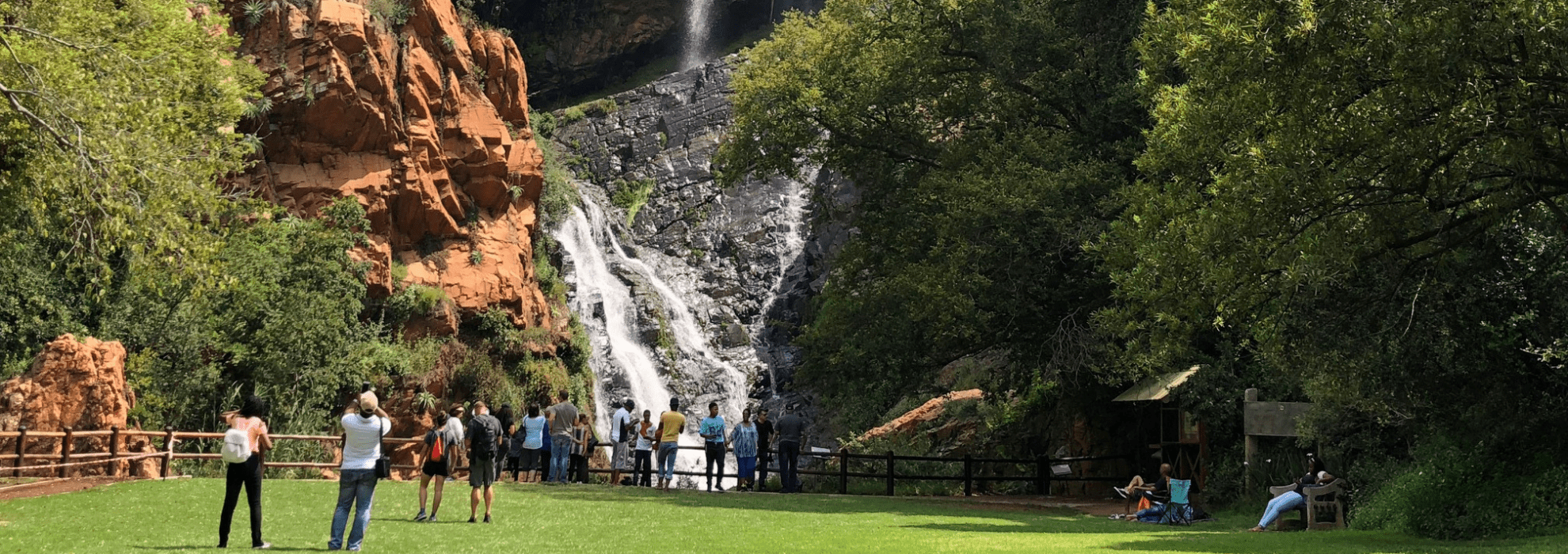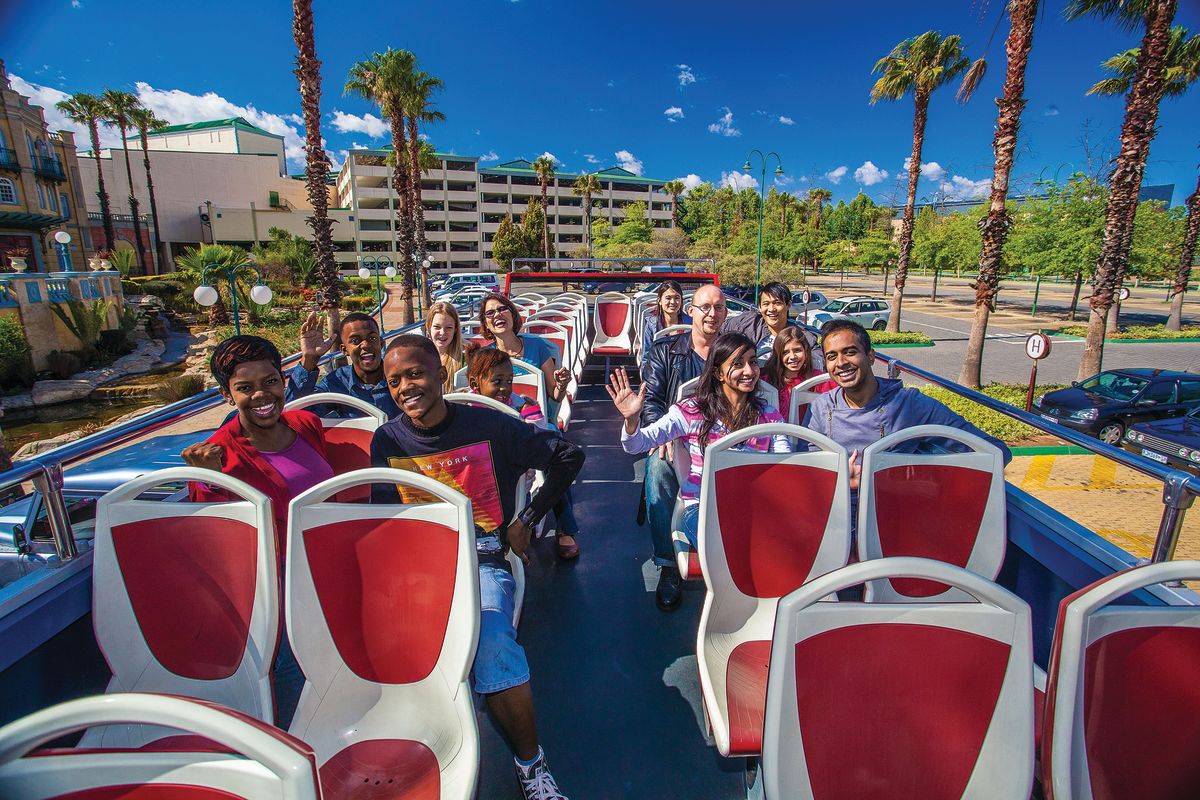Johannesburg North Attractions Fundamentals Explained
Unknown Facts About Johannesburg North Attractions
Table of ContentsThe Greatest Guide To Johannesburg North AttractionsThe smart Trick of Johannesburg North Attractions That Nobody is DiscussingJohannesburg North Attractions Can Be Fun For AnyoneFascination About Johannesburg North AttractionsJohannesburg North Attractions for BeginnersThe Best Guide To Johannesburg North Attractions
The city owes its location to the existence of an even extra precious resource: gold. The city expanded on the side of the Witwatersrand Main Coral reef, a below ground stratum of gold-bearing quartz-silica conglomerate that arcs for thousands of miles beneath the Highveld. The majority of the gold mines in the city ceased operation in the 1970s, but in its day the Witwatersrand gold market accounted for greater than 40 percent of the globe's yearly gold manufacturing.Johannesburg has a pleasant climate. The city appreciates regarding 8 hours of sunlight per day in both winter and summer season.
What rainfall the city gets drops virtually specifically in the summertime months, typically in amazing late-afternoon electrical storms., where several residents still rely on coal for fuel.

About Johannesburg North Attractions
The balance of the city is occupied by whites. Lodging varies in character and high quality. Soweto is well-known for its limitless rows of municipally built, two-room matchbox homes, yet it likewise has a few flourishing enclaves as well as brimming squatter camps, where 10s of thousands live without water, power, or sanitation facilities.
Physical growth, although somewhat restricted by transport, continued rapidly as immigration to South Africa, and Johannesburg in particular, increased substantially.
Most bad suburbs were blended, with poor blacks and whites living with each other, although the well-off residential areas were normally booked for whites. This changed with the election of the National Event in the 1948 elections, that began to formalise the system called discrimination. Apartheid officially designated which residential areas each race can live in under the Team Areas Act.
The previous system of eleven phoned number areas was reorganised in 2006. Marshalltown, as seen from the top of the Carlton Centre. The M1 and M2 run behind the structures, and the southerly suburbs expand past the freeway border. The central city of Johannesburg lies within the city's Area F. The number of individuals living in the inner city on an informal basis is unidentified, as lots of are unlawful immigrants. The joblessness, education and learning, and age accounts of the location are all unidentified, due to the problem of acquiring trusted info about the area.
The 7-Minute Rule for Johannesburg North Attractions
Yeoville and Bellevue have a mix of home buildings and single domestic devices on tiny whole lots. The area lies on a mountainous divide that runs from east to west. One of the most obvious geographical function is Observatory Ridge, which is named for the huge observatory located on it. The entertainment rooms are no longer made use of, as a result of protection issues.

The 15-Second Trick For Johannesburg North Attractions
R. Tambo International Airport Terminal). The eastern suburbs are several of the earliest locations of Johannesburg, there are big communities of Jewish and various other European backgrounds, the bulk of the population is English talking. There are 3 golf programs in addition to a variety of secured ridges with viewsites. There are a number of strong and up-market entertainment and shopping areas a knockout post in the eastern such as the Eastgate Shopping Centre and the Greenstone shopping centre.
The location is mostly composed of old "matchbox" residences, or four-room houses constructed by the government, that were built to supply cheap holiday accommodation for black workers during racism. Soweto is an acronym, standing for "South Western Townships". Street after street in this area is lined with matchboxes; however, there are a few smaller sized areas where flourishing Sowetans have built residences that are extra similar in stature with those in more affluent residential areas.
Hostels are another famous physical function of Soweto. Originally constructed to house male migrant employees, numerous have been improved as homes for pairs and households. The N1 Western Bypass skirts the eastern limit like it of Soweto. The suburban area was not historically permitted to produce employment centres within the area, so practically all of its homeowners are commuters to various other parts of the city.
About Johannesburg North Attractions
The N1 Western Bypass connects the northern suburbs with the north-western suburbs. The suburbs in the north suburbs are primarily formal, without considerable locations of casual real estate, or housing that lacks a permanent framework. This is a recognized location, there is a pattern of land usage modification from residential to industrial, particularly along primary arterial roadways and around well-known nodes.
Roads to the go to this web-site east and west are much less well developed, as there are no freeways taking a trip in that direction. Towards the northern border of the city, the thickness of growth reduces, leaving huge areas of untaught land around Midrand.
See This Report about Johannesburg North Attractions
, which is situated on a hillside overlooking the inner city and Hillbrow.